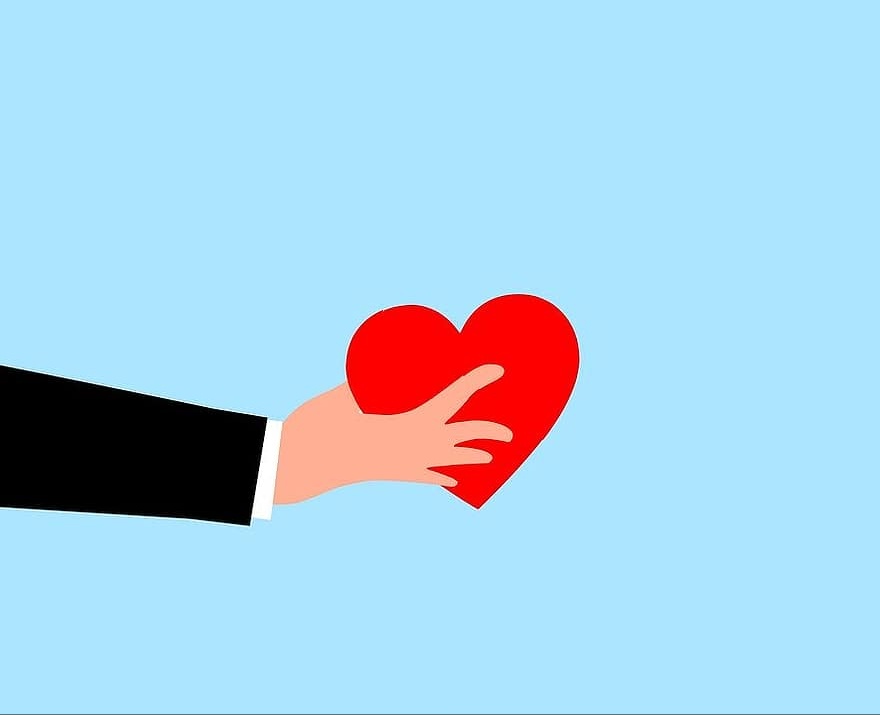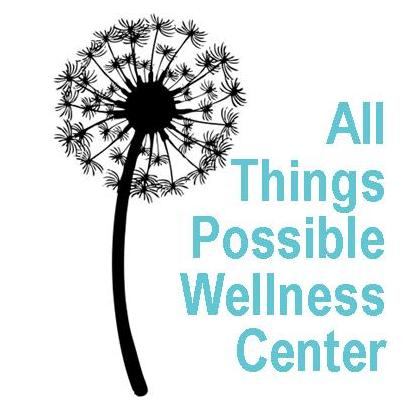Anybody Can Save a Life

By Michelle Harris, LMSW, CAADC
Teenage substance use has been escalating over recent decades but with the influx of stronger drugs, the effects of these substances have gotten more dangerous and deadly. Chief among these substances are opioids, specifically fentanyl.
Fentanyl was a contributing factor to 84% of all teen overdose deaths in 2021, triple the rate since 2019. Fentanyl is being found laced in many commonly used substances and has a higher potency and death rate than any other drug at this time. It is an opioid that is often untraceable and ingested unknowingly, which contributes to its dangerous effects.
There are a variety of reasons a person may use substances such as to manage anxiety or depression, to feel pleasure or out of curiosity. Statistics regularly confirm that among teens, initial use most commonly starts from peer pressure and experimentation. Not every teen that experiments with substance use will develop a substance use disorder but the younger the experimentation starts, the more likely a substance use disorder will develop. Teen substance use is also often impacted by family dynamics, attitudes towards substance use, mental health problems and how connected a teen feels to their classmates, to name a few. It has been extensively shown that early intervention, harm reduction practices and parent and community involvement has been vital in reducing the risk and harm of substance use in teens.
While we have more knowledge and understanding of risk factors, prevention methods and treatment options, there is a major barrier to better community understanding that lies with the issue of stigma and substance use. Stigma is the negative attitudes and stereotypes people hold that can create barriers for treatment. Stigma associated with substance use includes language used when talking about substance use and addiction, systems created to help with substance use and a variety of policies, systems and practices associated with how we approach substance use and recovery. Much of this comes from an outdated understanding of how addiction works and the impact use has on the brain. With this stigma so prevalent in our society, it leads to people not always seeking help when they need it, being afraid of potential repercussions if they do disclose their needs, decreased access to helpful and effective programs and in some cases, increased use.
Stigma around substance use starts from an early age as we teach children and adolescents about the world around them. There are many ways to help teens minimize their risk of substance use disorders. Talking about substances regularly with teens leads to a decrease of up to 42% in use. Acknowledging and working past stigmas is incredibly important in the prevention of substance misuse and overdose risk. Prevention is where the work on decreasing overdose risk starts but it is not where it ends.
We know substance use is a common issue in our world with 50% of teens misusing drugs at least once. So if prevention is where it starts to lower these numbers, what else can be done?
Harm reduction practices are those that are designed to prevent use and reduce the risk of overdose, injury and infectious diseases. One major harm reduction program that is being implemented in a variety of levels currently is making Naloxone available to the general public. Where once a prescription from a doctor was needed to obtain this, there has been a recent push to make it widely available and affordable. Naloxone, commonly known as Narcan, is a medicine that can reverse an opioid overdose quickly. State initiatives have made accessing Narcan a priority for any person at risk of overdose and encourage distribution programs to do this in ways to minimize stigma around possessing this life saving medicine. Even if it is unknown what substance is causing an overdose, Naloxone will not cause harm if the overdose is not caused by an opioid. It is completely safe to be administered to children.
Naloxone is one example of a harm reduction practice that we here at All Things Possible Wellness Center value strongly. We want to help get Naloxone into the hands of those most at risk of overdose. If you are not a person at risk, you may know somebody who is. We have joined the hundreds of providers across the country who are making Narcan kits available. In our lobbies, you will find Narcan distribution boxes, provided courtesy of Families Against Narcotics. These boxes allow anybody to obtain a Narcan kit available anonymously to help reduce the impact of stigma on accessibility. With the current rates of teenage substance use and experimentation, keeping Narcan available for emergencies can drastically help reduce the risk of overdose and death. For more information on how to administer Narcan, you can view training videos here from the CDC.
